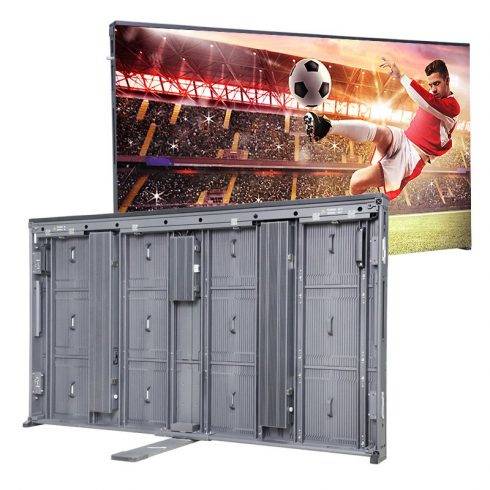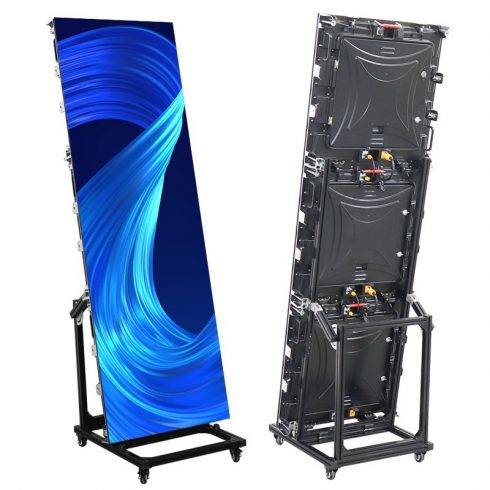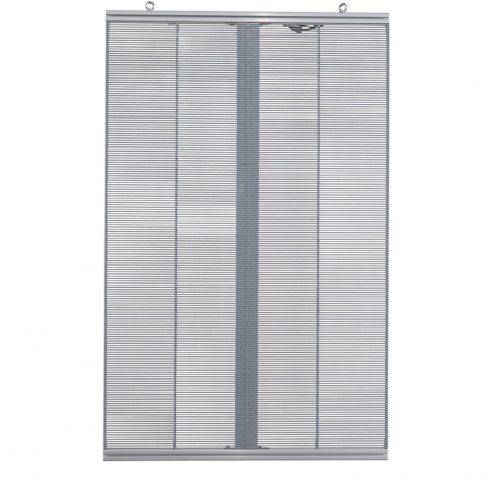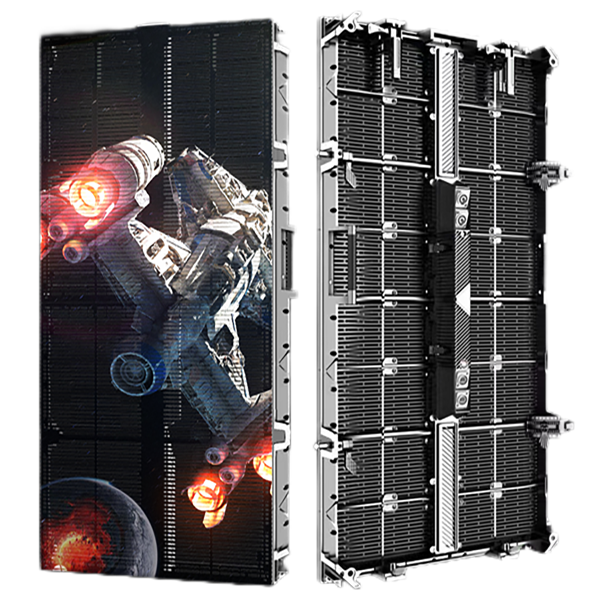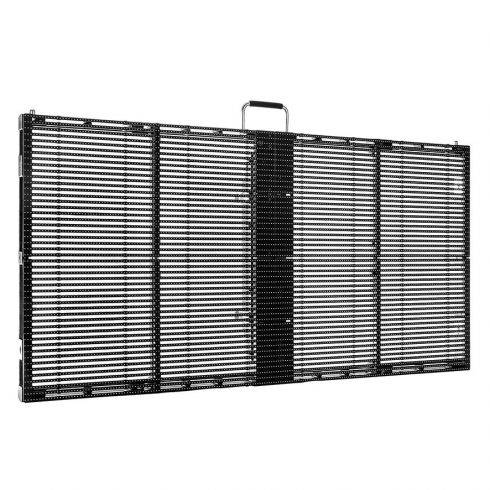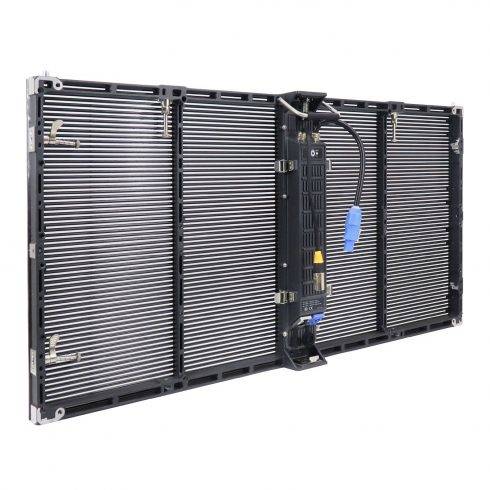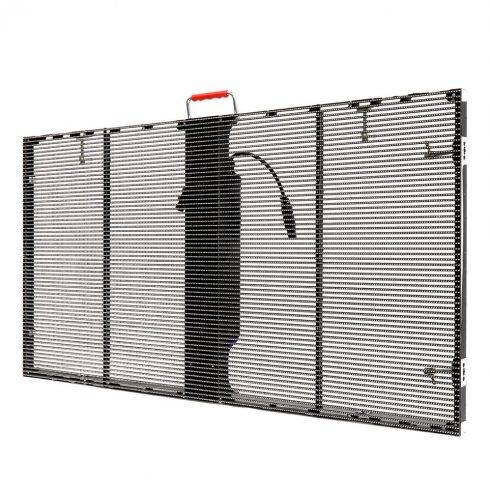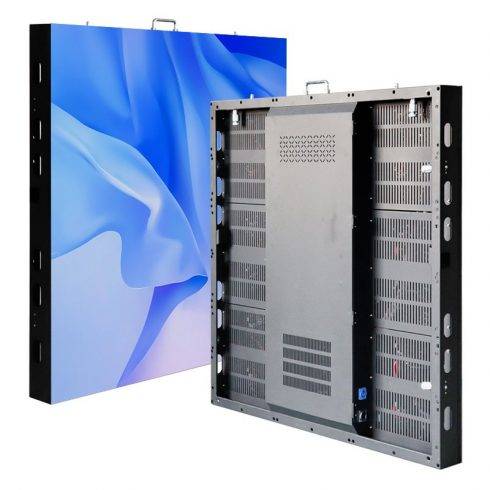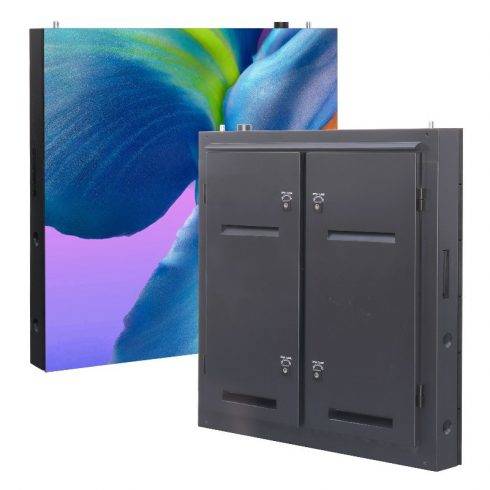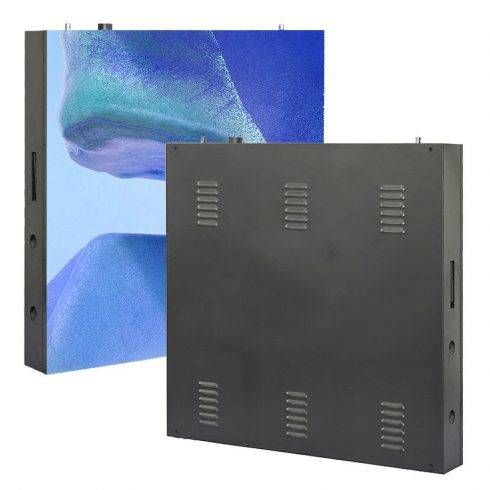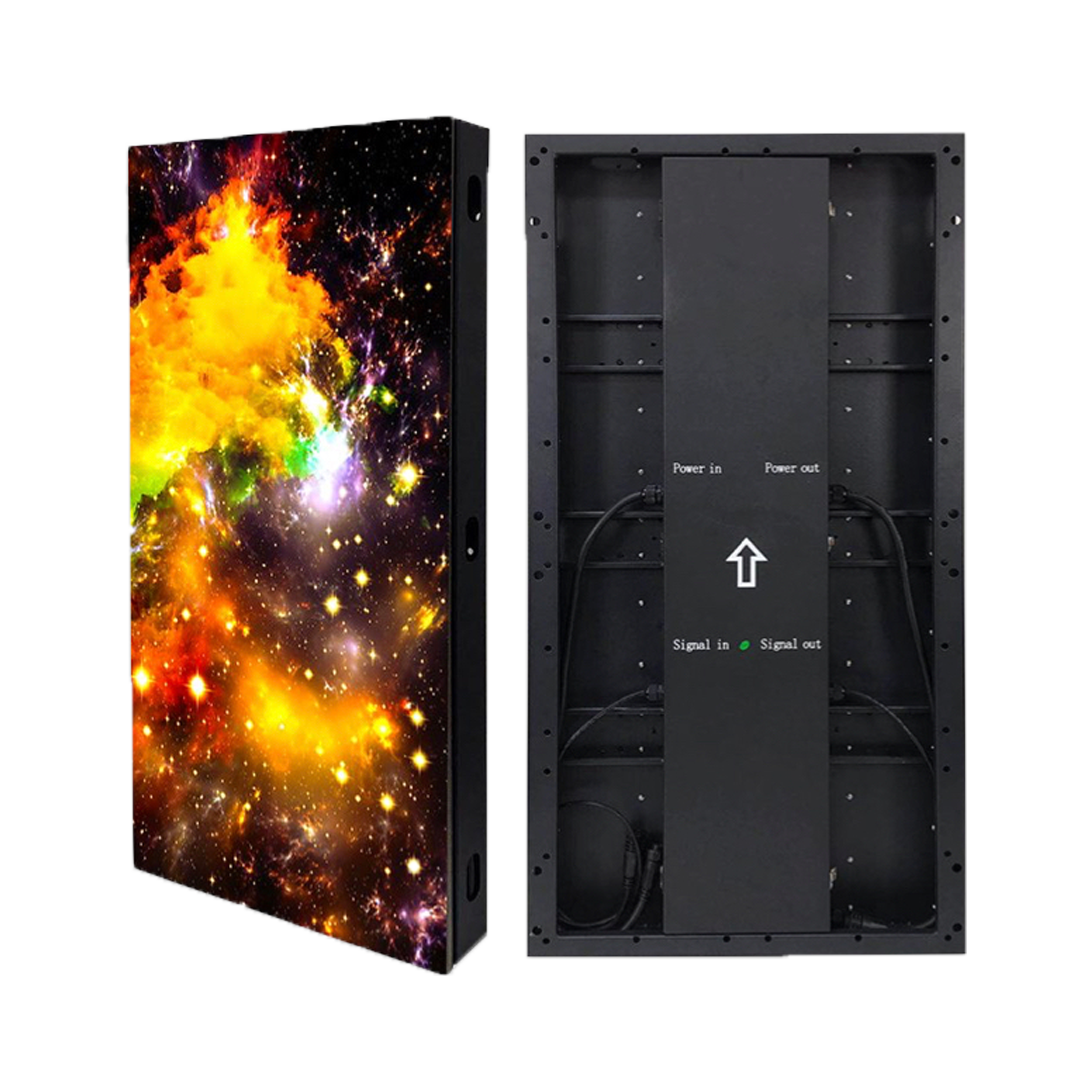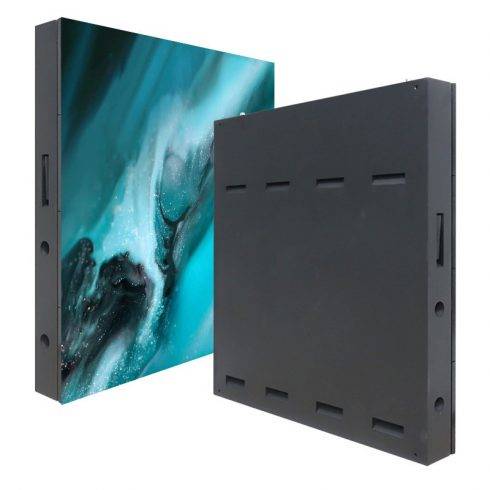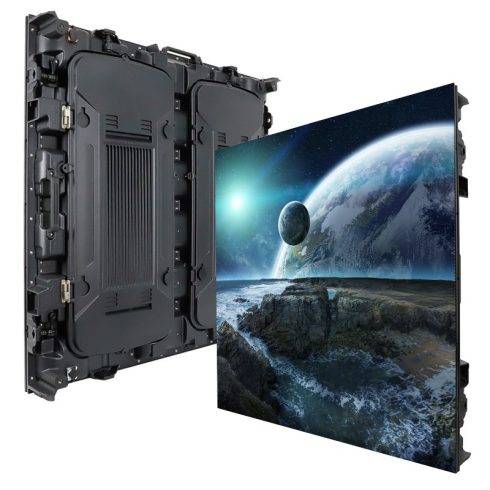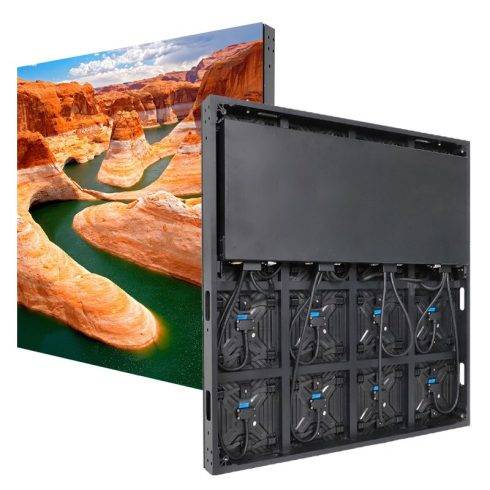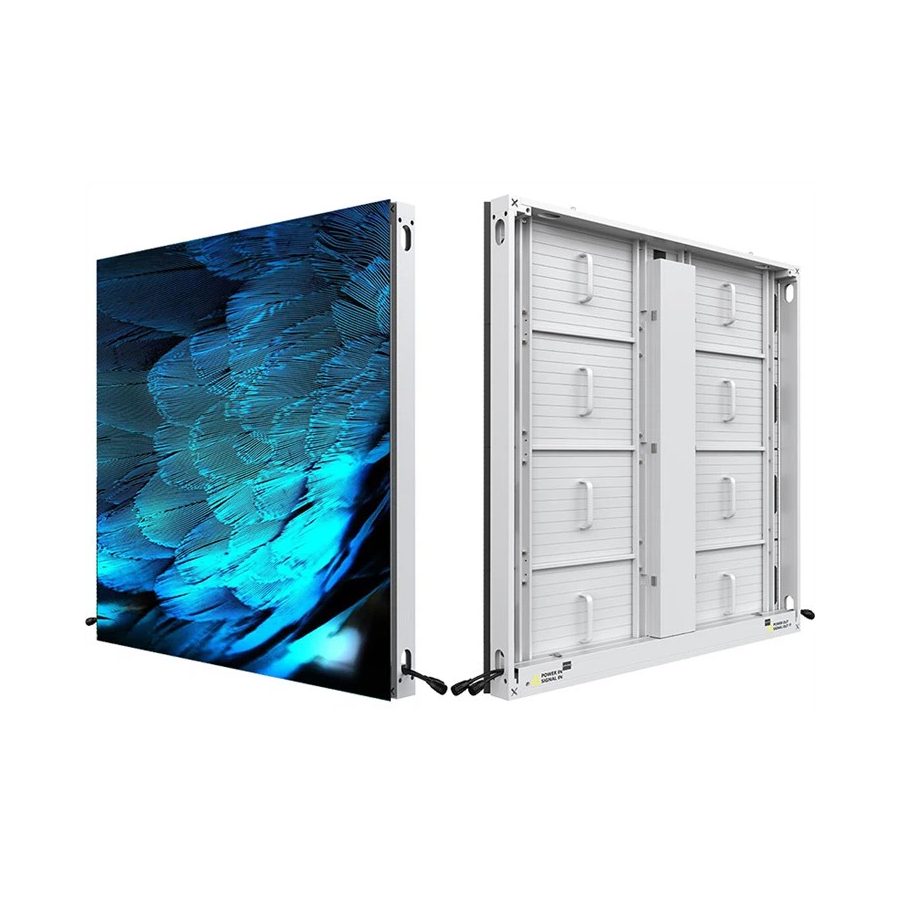Introduction
Floor tile screens are a groundbreaking innovation in display technology, merging digital interactivity with functional design to transform spaces and elevate experiences. These screens, embedded within floor tiles, are much more than conventional flooring—they are a visually engaging and interactive platform for entertainment, marketing, and experiential design. Floor tile screens are redefining how we interact with our environments, allowing for a blend of utility and aesthetics. This paper explores the technology behind floor tile screens, their benefits, installation requirements, and creative applications in various industries.
What Are Floor Tile Screens?
Floor tile screens are a form of LED display embedded into durable floor panels, which can withstand foot traffic, equipment weight, and environmental conditions. Each tile contains pixels composed of LEDs that illuminate in response to movement, weight, or proximity sensors. Floor tile screens range from small, standalone tiles to large modular installations that cover entire spaces, creating dynamic visual effects that can be customized to any environment.
These screens typically incorporate LED or OLED technology, which allows for bright, high-resolution displays. They also come with protective layers to prevent wear and damage, ensuring they remain both functional and visually appealing over extended periods. As interactive, customizable, and visually striking elements, floor tile screens are an exciting development in architecture, interior design, and experiential marketing.
Benefits of Floor Tile Screens
- Enhanced Interactivity and Engagement: Floor tile screens provide an immersive experience, reacting to human movement and engaging users in unique ways. For example, in retail spaces, these screens can create an interactive pathway that responds to footsteps with animations or lights, capturing customers’ attention and inviting them to explore further. In entertainment venues, they create an unforgettable experience, allowing visitors to feel a part of the environment.
- Versatile Display Options: Floor tile screens can display a wide range of content types, from static images and videos to dynamic, real-time visuals that respond to input. They can be customized to suit different themes or purposes, such as creating a virtual pond with swimming fish or displaying advertisements in high-traffic areas. The versatility of content options makes them ideal for changing displays according to time, audience, or events.
- Durability and Safety: Designed for high-traffic environments, floor tile screens are built with durability in mind. They use materials that resist scratches, water, and wear, ensuring a long lifespan even in busy settings. The screens are equipped with slip-resistant surfaces, which adds an element of safety, especially in commercial or public spaces. These features make them a practical and safe choice for flooring in various locations.
- Customizable and Modular: Floor tile screens are typically modular, allowing for flexible design and installation options. Modular tiles can be arranged in any configuration, making it easy to create unique shapes or cover large areas. They can also be installed temporarily or permanently, offering flexibility for events, exhibitions, or spaces that require periodic redesign.
- Branding and Marketing Potential: Floor tile screens provide a powerful tool for branding and marketing. They can be used to display advertisements, logos, or interactive content that engages customers in unique ways. Brands can update content remotely and instantly, ensuring that their messaging is always fresh and relevant. In shopping centers or product launch events, floor tile screens create memorable interactions, allowing brands to connect with customers on a more personal level.
Installation Considerations for Floor Tile Screens
- Space and Structural Requirements: Installing floor tile screens requires careful consideration of the space and structural integrity. They are generally thicker than traditional tiles, so flooring height may need to be adjusted, particularly in spaces with doors or tight spaces. The subfloor must be stable enough to support both the screen’s weight and any additional loads, such as foot traffic or furniture.
- Electrical and Connectivity Needs: Floor tile screens require power and connectivity, often provided through cabling installed beneath the floor. Depending on the size of the installation, screens may require additional power outlets, transformers, or backup systems to ensure reliable operation. Network connectivity is also essential, particularly for installations that need real-time content updates or remote control.
- Weatherproofing and Environmental Protection: For installations in outdoor or high-moisture environments, weatherproofing measures are essential. Many floor tile screens are designed with water-resistant enclosures and are tested for extreme temperatures and environmental conditions. Selecting screens designed for the appropriate environment is crucial for maximizing their lifespan and ensuring that they function well in all conditions.
- Content Management System (CMS): Managing content on floor tile screens requires a reliable content management system. A CMS allows for easy uploading, scheduling, and updating of visual content, ensuring the display remains engaging and up-to-date. This is especially useful for businesses or events that need to change visuals frequently or use the screens to deliver time-sensitive messages. A CMS also allows for remote control, making it easier to manage content across multiple locations.
- Safety and Maintenance Protocols: While floor tile screens are built for durability, regular maintenance is essential to prevent issues. Cleaning should be done carefully to avoid damaging sensitive surfaces, and occasional checks are recommended to ensure all tiles function properly. Safety protocols, such as slip resistance testing and emergency shutoffs, may also be necessary in some environments, particularly those with high foot traffic.
Creative Uses of Floor Tile Screens
- Entertainment Venues and Theaters: In theaters, amusement parks, and concert venues, floor tile screens add a dynamic element to performances and themed environments. For instance, a theater production could use floor screens to display a changing backdrop, from a cobblestone street to a forest floor, adding depth to the performance. In interactive exhibits, floor tile screens can create illusions like flowing water or fiery paths, immersing visitors in the experience.
- Retail and Showroom Environments: Floor tile screens in retail spaces create memorable shopping experiences, helping to differentiate brands and engage customers. Interactive floor displays can guide customers to promotions, present product information, or even gamify the shopping experience with visuals and interactive challenges. In showrooms, floor screens can enhance the presentation of products, showcasing animated visuals that highlight product features or create mood-setting atmospheres.
- Corporate and Trade Show Installations: Businesses are increasingly using floor tile screens in corporate settings, such as lobbies, conference rooms, or trade show booths. At trade shows, interactive floor displays create a powerful first impression, drawing in visitors with branded visuals or demonstrations. In corporate offices, floor tile screens can display welcome messages, live data dashboards, or company branding, establishing a modern and innovative atmosphere.
- Education and Museums: Floor tile screens can bring educational content to life in museums, science centers, and classrooms. In an ocean-themed exhibit, for example, floor screens could display visuals of ocean life that respond to visitors’ steps, creating a memorable interactive experience. Floor screens can also be used in educational settings to create immersive lessons, such as interactive maps, virtual laboratories, or historical reenactments that help students engage with complex topics.
- Public Spaces and Urban Art: Floor tile screens can enhance public spaces, from city squares to parks and transit hubs. Cities are using these screens to create interactive art installations that provide a modern touch to public areas. Interactive designs, like a virtual playground with hopscotch or dance steps, can encourage social interaction and active play. LED floor tiles in transit hubs can display maps, schedules, or real-time updates, helping travelers navigate spaces while adding aesthetic appeal.
The Impact of Floor Tile Screens on Modern Spaces
Floor tile screens are redefining how people experience and interact with spaces, impacting everything from customer engagement to artistic expression. They offer an innovative means for businesses and public venues to create memorable, visually rich experiences, enhancing the way brands communicate and visitors engage with environments.
- Increased Visitor Engagement: By adding an interactive, visually engaging element to a space, floor tile screens encourage visitors to actively participate, creating memorable experiences that drive longer engagement times. This feature is particularly valuable for retail, entertainment, and educational environments, where deeper visitor engagement translates to higher retention, customer loyalty, or educational impact.
- Enhanced Aesthetic Appeal: Floor tile screens contribute a modern, high-tech look to spaces, aligning with the aesthetic expectations of contemporary consumers. They enhance ambiance, making spaces feel more vibrant, interactive, and visually engaging, which can be a significant asset in settings like hotels, restaurants, and luxury stores.
- Opportunities for Social Media and Viral Marketing: Interactive floor tile screens create shareable moments that visitors are likely to capture and share on social media. This capability provides valuable organic exposure, transforming installations into marketing tools that promote brand awareness and reach broader audiences through digital word-of-mouth.
- Pioneering Digital Art and Creative Freedom: Floor tile screens allow for unprecedented creative freedom in public art and interactive installations. They give artists, designers, and architects a dynamic medium to experiment with, pushing the boundaries of digital art and spatial design. This innovation also promotes a new genre of digital art that blends architecture, technology, and user experience.
Conclusion
Floor tile screens represent a dynamic fusion of technology, design, and interactivity, offering unique advantages and applications across a variety of settings. Their ability to enhance engagement, transform spaces, and provide versatile displays positions them as valuable assets in retail, entertainment, corporate, and public environments. As the technology continues to advance, floor tile screens will likely play an increasing role in shaping modern spaces, making them not only functional but immersive, engaging, and visually captivating. This innovation heralds a new era in digital display and experiential design, offering a pathway to reimagine how we interact with the very ground beneath our feet.







